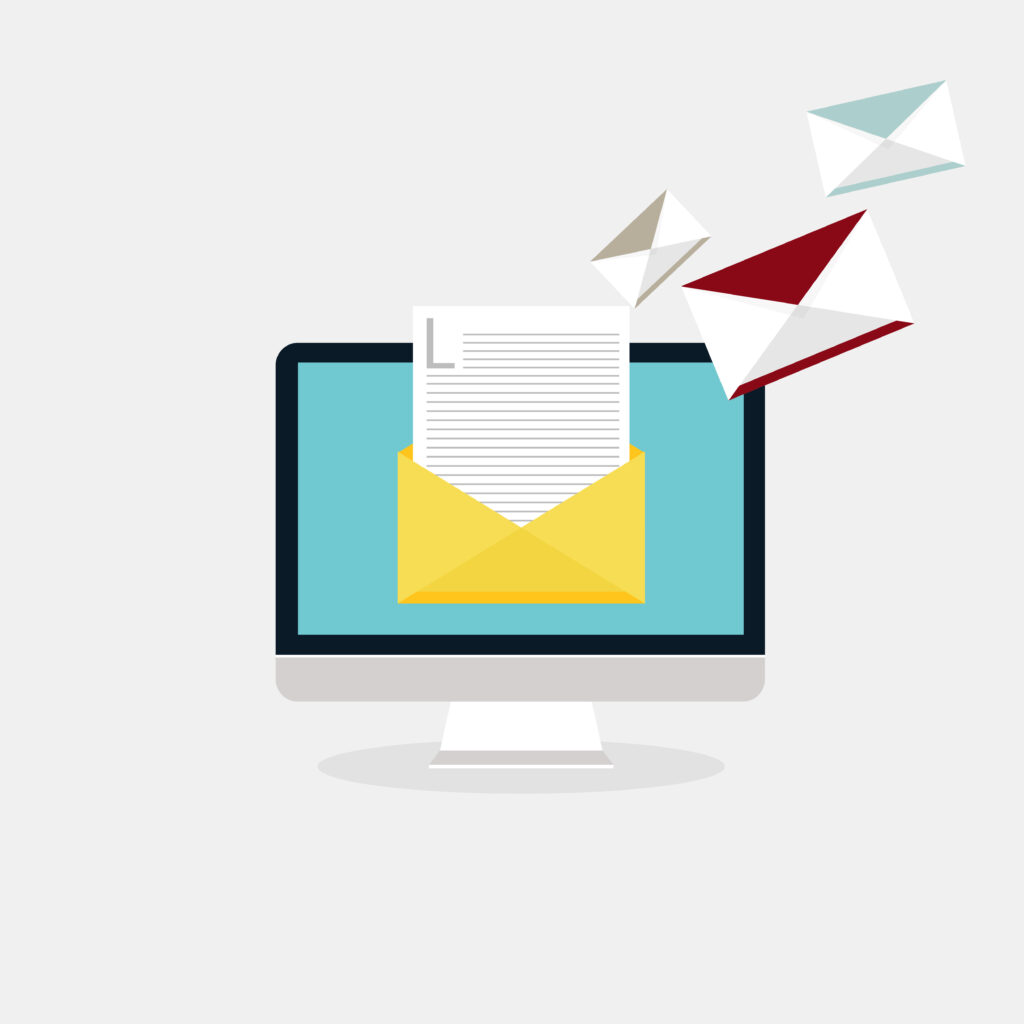There is a lot non-profit fundraisers can learn from the for-profit world.

Marketers have poured millions upon millions of dollars into testing the sales funnel. It sounds funny, but it’s true: The more that nonprofit professionals can learn from corporate strategies, the better off their fundraising results will be.
This is especially true when it comes to fundraising emails.
The field of email marketing is full of best practices that fundraisers should adopt (and adapt to their specific needs). Here are two of my personal favorites that are guaranteed to increase donations when sending out fundraising emails.
Make it personal
Even mass emails can feel warm and friendly.
An easy win: Use your recipient’s first name. “Dear valued supporter” feels cold. “Dear Raimy” feels personal. In fact, mail clients nowadays allow you to insert the recipient’s name in the subject line, which can increase open rates by more than 16%!
If that’s too basic for you, however, challenge yourself to write in a tone that feels like a personal email.
When I coach fundraisers to write mass fundraising emails, I tell them to first write an email to a specific individual. For example, write a letter to Alan as if he were the only one going to read it.
That individualized email will serve as a fantastic basis for your mass email. Ideally, you won’t have to change a thing.
Last month, I worked with a client on a fundraising email whose subject line was “Can I count on you?” The client told me she received dozens of replies to her email, all saying some form of “Of course you can count on me!”
Intellectually, all of these recipients knew that it was a mass email. But emotionally, the email felt so personal that they felt inspired to reply.
Incidentally, one of the details that made this client’s email feel more “real” was that she used her personal email address to collect replies.
When sending emails for fundraising on behalf of your organization, list a real person as the sender and list a real inbox (not a general info@…) to collect responses. Even the email signature should look authentic.
There are numerous cues that allow recipients to gauge whether or not your email feels human. The more human, the better, so get personal. Every detail matters.
Segment your audiences
Segmented lists yield higher open rates and higher conversion rates than non-segmented lists.
The more targeted your message to donors, the better your fundraising emails will perform.
Here’s a recent example. A school we were working with kept great lists. We decided on a segment strategy that included:
- Alumni
- Parents of current students
- Parents of alumni
- Grandparents of current students
- Grandparents of alumni
The same fundraising email template went out to all the segments with one tiny change. Each one started with the appropriate phrase:
As an alum of [SCHOOL], you have seen it for yourself…
As a current parent at [SCHOOL], you see it for yourself…
As a parent of a [SCHOOL] alum, you have seen it for yourself…
As a current grandparent at [SCHOOL], you see it for yourself…
As a grandparent of a [SCHOOL] alum, you have seen it for yourself…
Everyday, hundreds of students walk through our doors and set out to achieve academic excellence. But they can’t do it alone.
Response rates skyrocketed.
Even though segmentation is a sure-fire way to improve conversions, few nonprofits do it.
But you can stand out from the crowd. You can make sure that you are utilizing best practices to gain every advantage when it comes to fundraising.
Don’t be afraid to learn from other industries. Those who truly succeed in this business are those who think creatively and those willing to try new things. Most importantly, learn from others because the best students find teachers everywhere.




